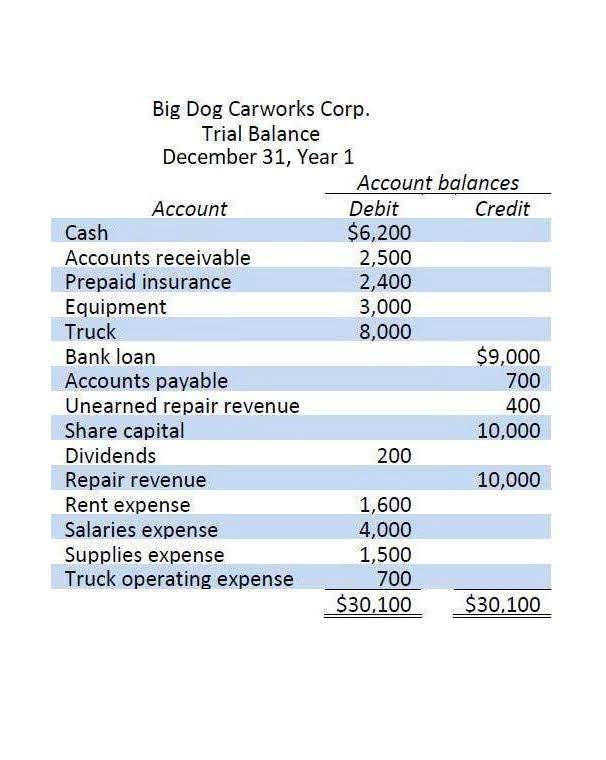
The process typically includes detailed financial analysis, risk assessment, and strategic evaluation to ensure alignment with the company’s long-term goals and financial capacity. Effective capital budget management requires careful consideration of project duration in relation to the company’s strategic objectives and risk tolerance. The length of a project’s life cycle is a critical consideration in capital budgeting. Longer-duration projects may offer greater potential returns but capital budgeting involves also carry an increased risk due to extended exposure to market uncertainties.
- Such cloud systems substantially improve cash flow for your business directly as well as indirectly.
- A miscalculation or misjudgment can lead to either missed investment opportunities or potential financial losses.
- Four of the most practical and used techniques are Net Present Value (NPV), Internal Rate of Return (IRR), Payback Period, and Profitability Index.
- Each of these capital budgeting methods provides a different perspective on evaluating an investment.
- Risk is an inherent aspect of any investment decision, and capital budgeting is no exception.
- Factors such as GDP growth, unemployment rates, and consumer confidence can affect the potential success of long-term investments.
Cash Outflows
Your capital budgeting software should combine both new and in-progress initiatives for holistic analysis. Many capital budgeting techniques rely on assumptions that may not always hold true. Despite its numerous advantages, capital budgeting also has certain limitations. These limitations stem from the inherent complexities in forecasting and the assumptions used during the decision-making process. Capital constraints refer to the limitations organizations face when allocating funds across multiple projects.
Performance measurement
It is essential to consider the impact of the investment on the company’s working capital requirements. Funding and financing costs refer to the cost of raising capital for the investment. This operating budget is used to determine the amount of capital spending that the company can afford.
Project-Specific Risks

The IRR will usually produce the same types of decisions as net present value models and it allows firms to compare projects based on returns on invested capital. The payback period doesn’t reflect the added value of a capital budgeting decision so it’s usually considered the least relevant valuation approach. Payback periods are of major importance when liquidity is a vital consideration, however. Another drawback is that both payback periods and discounted payback periods ignore cash flows such as the salvage value that occurs toward the end of a project’s life. The internal rate of return determines the rate at which the investment amount is recovered by the cash inflows.
- This focus on value-creating investments through capital budgeting in financial management can lead to improved market position, higher revenues, and better profit margins.
- Reducing errors in financial data enhances the overall integrity of the capital budgeting process, leading to more confident and effective decision-making.
- But initiatives for urgent risk mitigation, or high-value innovation, should be rapidly escalated, more fully evaluated and incorporated in the capital budget efficiently when appropriate.
- Real options analysis has become important since the 1970s as option pricing models have gotten more sophisticated.
- The discount rate may also reflect the Threshold Rate of Return (TRR) required by the company before it will move forward with a capital investment.
- By engaging stakeholders from various departments, including finance, operations, and strategic planning, organizations can gain a more comprehensive understanding of potential projects.
These tools can analyze spending patterns, identify cost-saving opportunities, and provide benchmarks against industry standards or historical data. Specialized investment analysis software is a crucial tool for sophisticated capital budgeting in financial management. These tools offer advanced capabilities for evaluating complex investment scenarios, incorporating risk assessments, and performing detailed financial modeling. By implementing a systematic review process, organizations can identify issues early, learn from both successes and unearned revenue failures, and refine their capital budgeting practices over time. Regular reviews also provide valuable data for improving future forecasts and decision-making processes, contributing to more effective capital budget management. Data reliability and accuracy are crucial for effective capital budgeting, yet ensuring high-quality data remains a significant challenge.


The process requires a thorough understanding of the business’s financial goals and objectives. Both projects have a high Internal Rate of Return (Project A has the highest). If only https://www.bookstime.com/articles/present-value-of-an-annuity-table one capital project is accepted, it’s Project A. Alternatively, the company may accept projects based on a Threshold Rate of Return.
